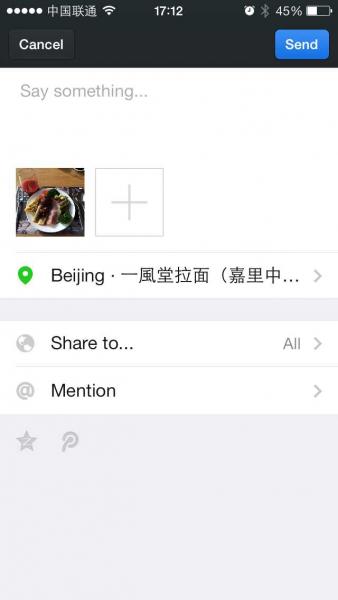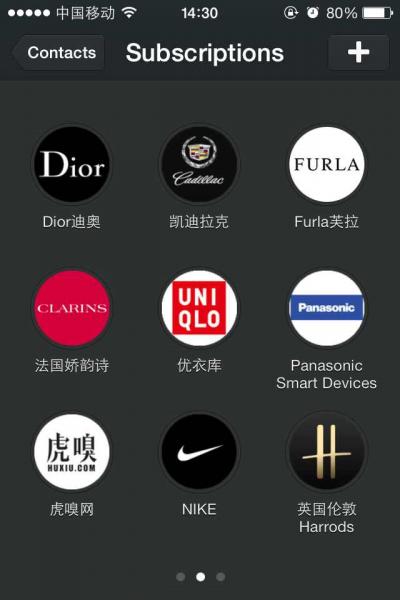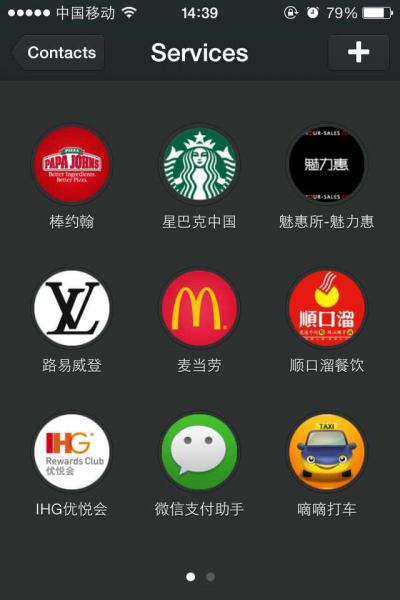What’s Next For WeChat?
As mobile messaging apps become increasingly popular across the globe, China’s WeChat (the top mobile social app in China, which has reportedly surpassed 600 million users) is often compared with other mobile messaging apps, such as WhatsApp and Japan’s Line. Of all such apps, WeChat has the most complicated features; it goes beyond messaging and keeps adding new features and further evolving existing ones. Among the many possibilities, three stand out:
- Exploring location-based business. Chinese consumers have been using WeChat’s QR code functionality for a while to get discounts and rewards from offline stores. WeChat also has an advanced scanning feature, the street view scanner (available for the Chinese version of WeChat 5.0 or higher only). The scanner not only shows street names but also nearby stores, restaurants, movie theaters, and other locations. WeChat has recently cooperated with Dianping (China’s Yelp) to upgrade its location check-in feature on Moments (WeChat’s timeline, on which users share photos and texts) from cities to specific stores. WeChat’s successful cooperation with taxi-hailing app Didi Dache has also enhanced its location-based capabilities. All of these features pave the way for WeChat to be able to provide location-based marketing.
Street View Scanner On WeChat Upgraded Check-In On WeChat Moments


- Becoming an app store-like mobile portal. In my most recent report, “Chinese Mobile Consumers Are An Attractive But Unique Audience,” we saw that Chinese mobile consumers flock to data-light apps like WeChat. With features like a QR and bar code scanner, translation, and mobile payments, WeChat has become an important portal for mobile users — a portal that also applies to marketers. Many marketers in China have realized that it’s easier to attract followers on WeChat public accounts than to convince them to download and use their own apps, let alone maintain those apps. Brands use two types of public accounts — Subscriptions and Services — to send one-to-many messages to followers. WeChat embeds these public accounts in its platform just like branded apps in an app store.
Subscription Accounts On WeChat Service Accounts On WeChat


- Integrating mobile commerce. Last year, 150,000 smartphones were sold on WeChat in under 10 minutes. The launch of WeChat Payment further blurs the line between mobile marketing and commerce. Marketers can not only send promotions to followers with purchase links, but can also share Weidian (Microshop) on Moments, which allows followers to buy directly on WeChat. Tencent has also embedded its own eCommerce platform in WeChat, where users can buy movie tickets, top up mobile phones, and purchase physical goods. It’s teaming up with Chinese online retailer JD.com to further pursue its mobile commerce ambitions.
Weidian (Microshop) On WeChat Embeded eCommerce Platform In WeChat


